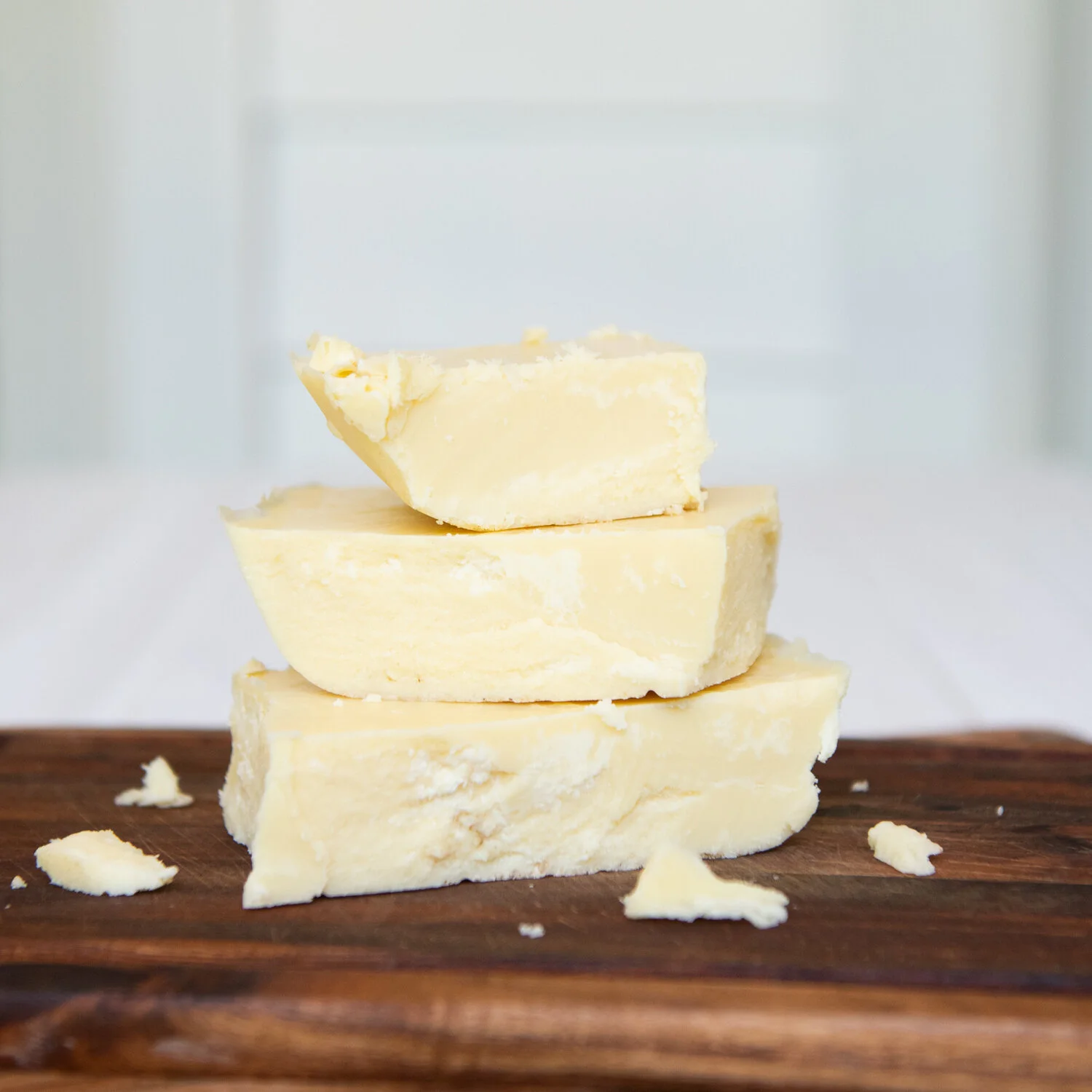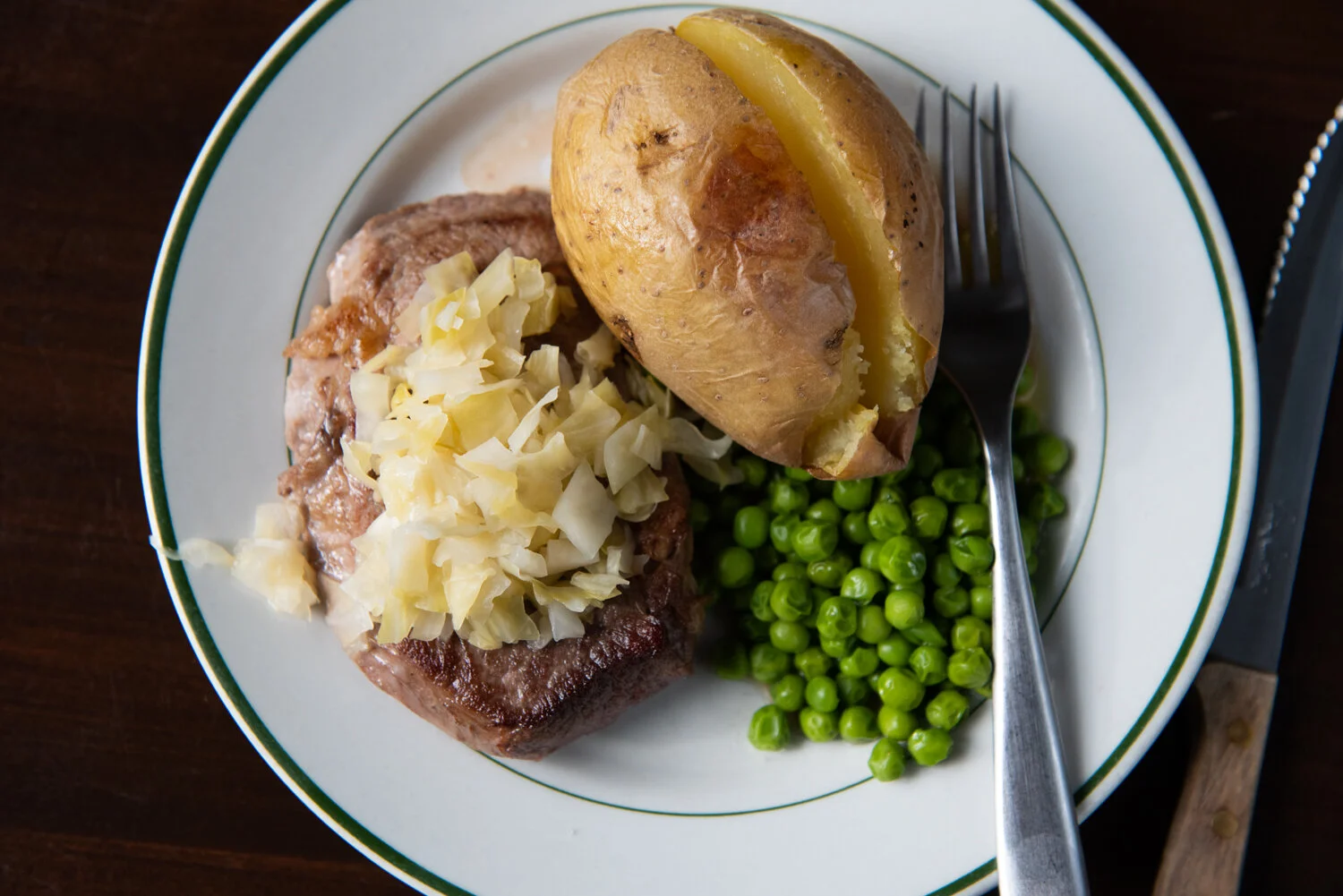Beef Heart Stew
Disclaimer: This post contains affiliate links through which we earn commission.
Organ meats, also known as offal, are the most nutritious foods we can eat, helping to support our corresponding organs, while providing an ample brain boost. When prepared properly, organ meats can be unbelievably delicious and satisfying. In traditional cultures, the organs were considered the most prized portions of an animal because of their rich, nutritious properties. But visit a U.S. grocery store in 2019 and you'll be hard pressed to find any organ meat for sale. It's completely absurd, therefore, that these nutritiously dense morsels somehow developed a bad reputation in the United States. On the bright side, due to it's less-than-popular status, organ meats are some of the cheapest cuts available, providing an affordable way to get vital vitamins and minerals into the diet through healthy fats and proteins.
The heart, more than any other organ, provides a hard reality check that we are eating animals that once were grazing happily somewhere in the countryside, with other happy animal friends. It can be an incredibly difficult thought to bare, and one that can put tears in my eyes. However, instead of avoiding meat altogether, I recognize that my body needs animal meat in order to thrive. In my high school and college years, I tried vegan and vegetarian diets in pursuit of health. As a result, my health actually declined and I was constantly craving chicken. Now I source meat from farmers who use ethical and sustainable practices. I believe in eating animals “nose to tail,” to honor the life of that animal by utilizing the full body, organs, bones, skins and all, rather than allowing so much to be discarded, all for the enjoyment of prime steaks.
SOURCING ORGAN MEAT
When possible, it's best to source all meat products from free-range, grass fed animals. The most cost-effective method is to do some research to find a farmer in your area and buy direct. A helpful resource to get started is Eat Wild. We know someone locally who raises several cattle each year and we purchase a whole steer for approximately $2000 all at once. Yes, it's a very expensive purchase, but it actually saves a lot of money in the long run, as we're able to access the highest quality meat at a discount price per pound, that will last for months in the freezer. In contrast, if we were to purchase the same cuts in weekly increments, we'd be paying much more over the long run. Even if you live in the city, there are often farmers who may live several hours away, who offer delivery services to metropolitan areas. In Virginia, we're very fortunate to have access to Polyface buying clubs.
If you don't have access to free-range, grass fed options, but your local grocery store does have organ meats, it's definitely still worthwhile to use these in your cooking. When we lived in South Africa, I bought soup bones from Woolworths on a regular basis. They were so cheap and could go such a long way in creating robust soups and stews! Another option is to use an online source. I recently learned about US Wellness Meats, which offers meat, organ meat, bones and more from ethically raised animals. They also have some incredible snacks like beef jerky and pemmican, which are awesome take along while on-the-go. I reluctantly tried their liverwurst, and turns out, I love it!
THE LIVER IS NOT A FILTER!
Somehow we've gotten the impression in our modern age that organ meat can be less "clean" than muscle meat. Liver, for example, is one of the most powerful super foods we could eat. However, many folks, myself included, may at first feel reservations about eating an organ that's supposed to filter toxins in the body. Wouldn't you be ingesting all those toxins when consuming liver from an animal? The short answer is no, the liver is not a filter in the way that we think of it collecting and holding onto toxins. Instead, according to Chris Masterjohn, PhD, the liver modifies toxins and sends them off in the direction of elimination from the body.
ORGAN MEAT SUPPLEMENTS
Maybe despite all the nutrition available in organ meats, you just can't get behind eating them on a regular basis. I get that. One reason I tried veganism years ago was because I was very squeamish about something as basic as chicken breasts. But now I've learned to love chicken giblets, hearts and livers, as well as lamb kidneys and beef tongue and heart, all from pasture-raised animals. I'm still warming up to beef liver and there are plenty of other organ meats that I still have yet to try. Well, thankfully we can turn to Ancestral Supplements, a small company based in Texas, that offers the benefits of New Zealand sourced organ meats, without having to actually eat them. They offer capsules such as grass-fed beef heart, beef liver, gallbladder with ox bile, and more!
Now for the brave and adventurous cook, here is the recipe for Beef Heart Stew:
RECIPE
Preparation Time: Approximately 30 minutes
Cooking Time: 4 - 8 Hours
Equipment:
Slow Cooker or large oven-safe stockpot
Large Frying Pan
Large Measuring Cup
Small Bowl
Large Bowl
Large Cutting Board
Large Chef Knife
Large Serrated Knife
Large Metal or Wooden Spoon
Measuring spoons
Ingredients:
2 large carrots, cut into 1-inch pieces
2 large parsnips, cut into 1-inch pieces
2 large potatoes or 1 large sweet potato, cut into 1-inch pieces (optional)
1/2 onion, chopped
1 whole beef heart, chopped into 1-inch pieces
2-4 Tbsp / 30-60mL beef tallow or butter
4 c. / 1L beef stock
1 Tbsp / 15mL apple cider vinegar
1/2 tsp / 2.5mL himalayan salt
1/2 tsp / 2.5mL ground ginger
1/2 tsp / 2.5mL dried thyme
Add 1 Tbsp of beef tallow to frying pan and set the heat to medium - high. Sauté onions in large frying pan for about 5 minutes, stirring occasionally and adjusting heat so that the onions do not burn. Then place the onions in the slow cooker. Sauté beef heart pieces, adding additional tallow as necessary and continuing to stir occasionally and adjust the heat so that the meat does not burn. When the majority of the meat pieces have been lightly browned on all sides, place the meat in the slow cooker. Place the chopped carrots, parsnips and any other root vegetables that you’d like to add, such as potatoes or sweet potatoes, into the frying pan, again adding tallow when necessary and stirring occasionally. When the majority of the root vegetables have browned slightly, add all of them to the slow cooker. Add the stock, apple cider vinegar, salt, ginger and thyme. Set slow cooker on low heat for 4 - 8 hours, stirring occasionally.
Notes:
Depending on your available time, the step of sautéing the meat and vegetables can be skipped, and you can rather place everything directly into the slow cooker instead. Sautéing adds flavor, but I often make this recipe without that step, and it still tastes great.
To increase servings, a chuck roast can also be browned on all sides in the frying pan and added to the slow cooker.
Depending on your food preferences / intolerances, this recipe can be enjoyed with presoaked rice or fresh pasta.
Be sure to check out the video for this post here!
- Christin
Tell us! What's your opinion on offal - Love it? Hate it? Favorites? And If you try this recipe, please let us know how it goes in the comments below!










